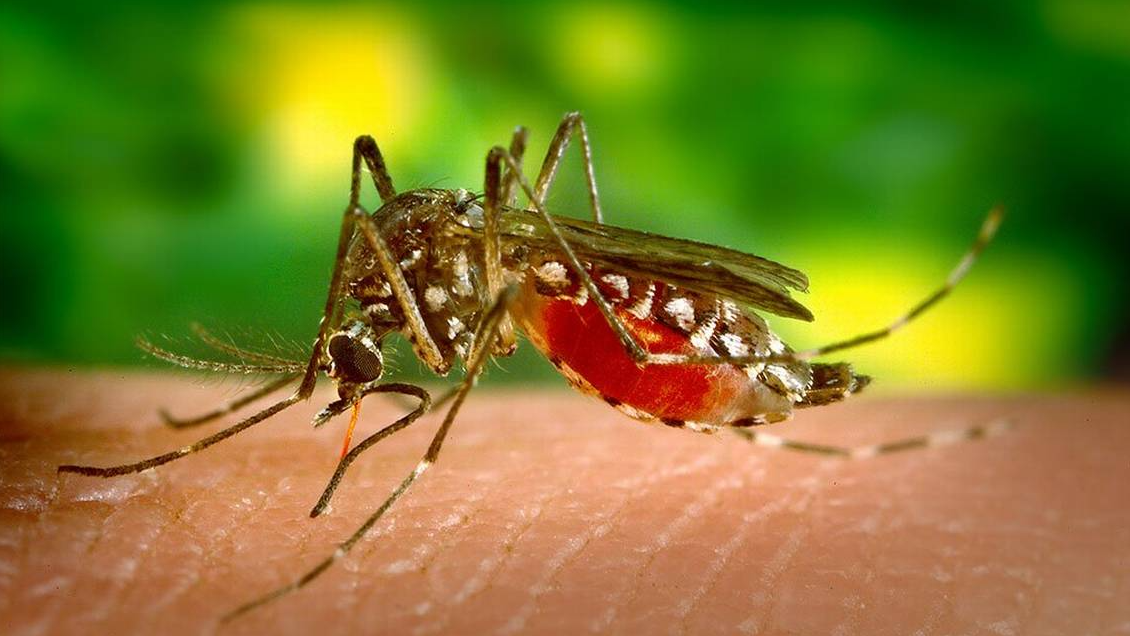In a chilling outbreak that has gripped Europe, parrot fever has claimed five lives and left dozens hospitalized. This respiratory bacterial infection, scientifically known as psittacosis, has sent shockwaves across the continent.
The Parrot Fever Outbreak Unleashed
The year 2023 marked the initial emergence of this menacing outbreak. Since then, it has continued its relentless spread through the start of 2024. The World Health Organization (WHO) has been closely monitoring the situation, and the numbers are alarming.
The Grim Toll
- Denmark: Four lives lost.
- Netherlands: One fatality.
- Austria, Germany, and Sweden: Dozens hospitalized.
The Culprit: Chlamydophila psittaci
Parrot fever is carried by birds, particularly parrots, and transmitted through contact with infected animals or inhalation of particles from their feathers or dried feces. Pet owners, poultry workers, gardeners, and veterinarians face a higher risk of contracting this insidious infection.
Symptoms and Severity of Parrot Fever
- Mild Cases: Fever, aches, and coughing.
- Extreme Cases: Pneumonia, a potentially fatal complication.
Unusual Uptick
Across Europe, the number of cases has surged beyond typical annual averages:
- Austria: At least 14 cases in the final months of 2023, followed by four more in March 2024.
- Denmark: Typically sees 15 to 30 cases annually, but as of February 27, it recorded at least 23, with 17 resulting in hospitalizations.
- Netherlands: Twice as many cases as usual for this time of year.
Investigating the Avian Connection
In most recent cases, patients reported exposure to birds. Each affected nation has launched investigations to identify the cause of these spikes. Despite the unusual uptick, the WHO has deemed the risk posed by the current outbreak to be low.
Stay vigilant, Europe. The skies may be beautiful, but they carry hidden dangers.
Sources:






































